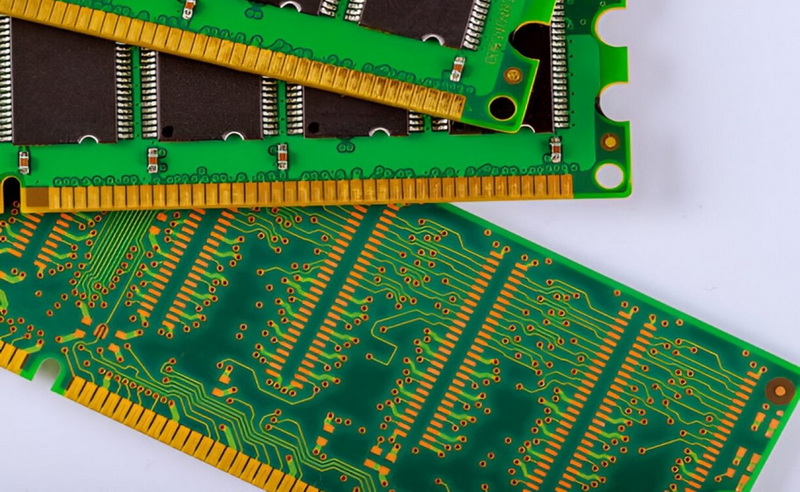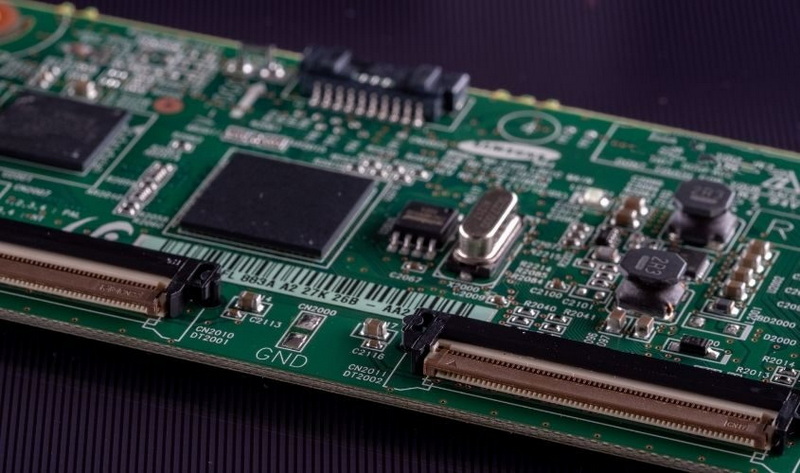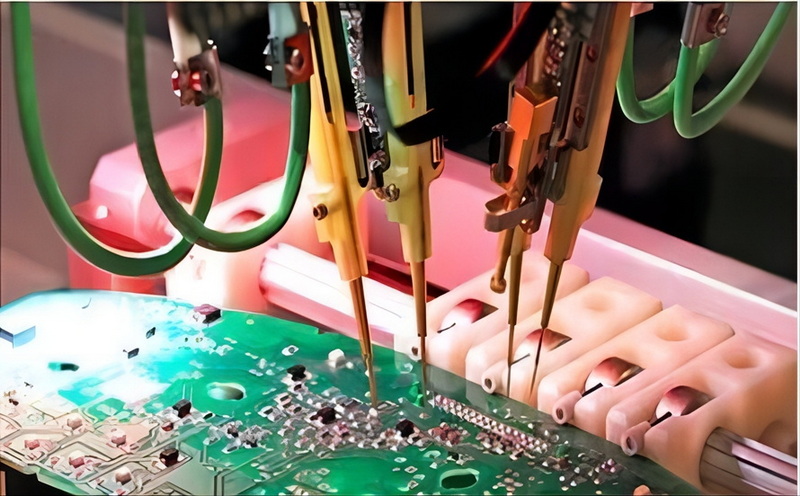Content Menu
● Understanding SMT Assembly
● Key Factors Affecting SMT Assembly Efficiency
>> Component Quality
>> PCB Design
>> Solder Paste Application
● Optimization Techniques for SMT Assembly
>> Design for Manufacturability (DFM)
>> Statistical Process Control (SPC)
>> Automation and Technology Integration
>> Training and Operator Efficiency
● Best Practices for Optimizing SMT Assembly
● Advanced Strategies for Process Optimization
>> Lean Manufacturing Principles
>> Implementation of Industry 4.0 Technologies
● Common Challenges in SMT Assembly Optimization
>> Solder Defects
>> Component Handling Issues
● Conclusion
● FAQ
>> 1. What is the most critical factor in optimizing SMT assembly?
>> 2. How can I reduce defects in my SMT assembly?
>> 3. What role does PCB design play in SMT assembly efficiency?
>> 4. Why is training important for operators in SMT assembly?
>> 5. How does automation improve the SMT assembly process?
● Citations:
Surface Mount Technology (SMT) has become the cornerstone of modern electronics manufacturing, allowing for the assembly of compact and efficient printed circuit boards (PCBs). As the demand for high-quality electronics continues to rise, optimizing the SMT assembly process has become crucial for manufacturers aiming to improve efficiency, reduce costs, and enhance product quality. This article explores various strategies and best practices to optimize the SMT assembly process for PCBs.

Understanding SMT Assembly
SMT is a method where components are mounted directly onto the surface of PCBs. This technique offers several advantages over traditional through-hole technology, including:
- Miniaturization: SMT components are smaller, allowing for higher circuit densities.
- Cost-effectiveness: Automated processes reduce labor costs and improve production throughput.
- Improved reliability: Direct soldering creates stronger mechanical bonds, enhancing durability.
The SMT assembly process typically involves several key stages:
1. Solder Paste Printing: Applying solder paste to the PCB using stencils.
2. Component Placement: Using pick-and-place machines to position components accurately.
3. Reflow Soldering: Heating the PCB to melt solder and secure components.
4. Inspection and Testing: Ensuring quality control through automated inspection systems.
Key Factors Affecting SMT Assembly Efficiency
To optimize the SMT assembly process, manufacturers must consider several critical factors:
Component Quality
The performance of SMT assemblies heavily relies on the quality of individual components. Key considerations include:
- Specifications and tolerances: Ensure components meet required standards.
- Storage and handling: Proper practices prevent damage and degradation.
PCB Design
The design of the PCB itself significantly impacts assembly efficiency. Important factors include:
- Material selection: Choose materials that support efficient soldering.
- Trace width and spacing: Optimize these parameters to facilitate effective soldering.
Solder Paste Application
Accurate solder paste application is crucial for creating reliable solder joints. Factors influencing this include:
- Stencil design: A well-designed stencil ensures precise paste deposition.
- Printing parameters: Adjusting pressure and speed can enhance paste transfer efficiency.
Optimization Techniques for SMT Assembly
Implementing specific optimization techniques can significantly enhance the SMT assembly process.
Design for Manufacturability (DFM)
Integrating DFM principles early in product development can streamline assembly. Key DFM strategies include:
- Standardization of pad layouts: Simplifies component placement.
- Thermal relief design: Facilitates heat dissipation for larger components.
Statistical Process Control (SPC)
SPC techniques help identify process variations before they lead to defects. Essential SPC tools include:
- Control charts: Monitor critical parameters in real-time.
- Root cause analysis: Address recurring issues effectively.
Automation and Technology Integration
Investing in advanced technology can greatly improve efficiency:
- High-speed placement machines: These machines can mount components faster than traditional methods, increasing output.
- Inline inspection systems: Automating inspections reduces manual workload and enhances quality control.
Training and Operator Efficiency
Well-trained operators are vital to maintaining an efficient assembly line. Manufacturers should focus on:
- Comprehensive training programs: Equip operators with skills to troubleshoot and optimize machine settings.
- Continuous improvement feedback loops: Encourage operators to provide insights on potential improvements.

Best Practices for Optimizing SMT Assembly
In addition to the aforementioned techniques, several best practices can further enhance the SMT assembly process:
1. Optimize Feeder Arrangement: Proper feeder setup minimizes pick-up distances and enhances machine efficiency.
2. Implement Real-Time Monitoring Systems: These systems can track machine performance and identify issues promptly.
3. Utilize Intelligent Grouping for Components: Group similar components together to reduce changeover times during production runs.
4. Maintain a Clean Assembly Environment: Controlling dust and contaminants helps ensure high-quality solder joints.
5. Regular Maintenance of Equipment: Scheduled maintenance prevents unexpected breakdowns that can disrupt production.
Advanced Strategies for Process Optimization
As technology evolves, manufacturers can adopt advanced strategies that leverage new tools and methodologies to further enhance their SMT assembly processes.
Lean Manufacturing Principles
Applying lean manufacturing principles helps eliminate waste and improve efficiency throughout the SMT assembly line. Key strategies include:
- Value Stream Mapping (VSM): Identifying all steps in the assembly process to highlight areas of waste.
- Just-In-Time (JIT) Production: Reducing inventory levels by synchronizing production schedules with demand.
Implementation of Industry 4.0 Technologies
Industry 4.0 technologies such as IoT (Internet of Things) and AI (Artificial Intelligence) can provide real-time data analytics that help optimize production processes. Benefits include:
- Predictive Maintenance: Utilizing sensors to predict equipment failures before they occur, reducing downtime.
- Data Analytics for Process Improvement: Analyzing data from various stages of production to identify bottlenecks and inefficiencies.
Common Challenges in SMT Assembly Optimization
While optimizing the SMT assembly process offers numerous benefits, manufacturers may encounter challenges that require careful management:
Solder Defects
Common solder defects such as tombstoning, solder bridging, and insufficient solder joints can occur due to improper paste application or reflow profiles. Solutions include:
- Implementing precise control measures during solder paste printing.
- Regularly reviewing reflow profiles to ensure they meet component specifications.
Component Handling Issues
Handling small components can lead to misalignment or damage during placement. Best practices include:
- Using automated pick-and-place machines with vision systems for accuracy.
- Training operators on proper handling techniques to minimize risks.
Conclusion
Optimizing the SMT assembly process is essential for manufacturers looking to improve efficiency, reduce costs, and enhance product quality in an increasingly competitive market. By focusing on key factors such as component quality, PCB design, solder paste application, automation, and operator training, manufacturers can achieve significant improvements in their SMT processes. Implementing best practices alongside advanced technologies will further drive efficiency gains while ensuring high-quality outputs.

FAQ
1. What is the most critical factor in optimizing SMT assembly?
The most critical factor is often considered to be process control, which includes ensuring consistency in solder paste application, component placement accuracy, and reflow soldering processes.
2. How can I reduce defects in my SMT assembly?
To reduce defects, focus on optimizing solder paste printing parameters, implementing inline inspection systems, maintaining a clean environment, and using high-quality components.
3. What role does PCB design play in SMT assembly efficiency?
PCB design significantly impacts assembly efficiency by influencing component placement ease, solder joint reliability, and overall manufacturability through design choices like trace width and pad layout.
4. Why is training important for operators in SMT assembly?
Training is crucial as it equips operators with the skills needed to troubleshoot issues promptly, optimize machine settings, and maintain production quality effectively.
5. How does automation improve the SMT assembly process?
Automation enhances the SMT assembly process by increasing speed, reducing human error, improving consistency in component placement, and enabling real-time monitoring of production metrics.
Citations:
[1] https://www.raypcb.com/effective-measures-to-improve-smt-assembly-quality/
[2] https://txjpcb.com/the-best-practices-for-smt-line-balancing-and-optimization/
[3] https://www.raypcb.com/smt-assembly-process-optimization-by-multi-head-gantry-type-chip-mounter/
[4] https://jhdpcb.com/blog/efficient-smt-assembly/
[5] https://www.pcbelec.com/what-is-smt-assembly.html
[6] https://blogs.sw.siemens.com/valor/2021/08/02/is-new-infrastructure-the-only-way-to-improve-shop-floor-productivity/
[7] https://resources.pcb.cadence.com/blog/2020-how-to-optimize-pcb-design-for-smt-assembly-process-flow
[8] https://kicthermal.com/article-paper/process-guidelines-to-ensure-optimal-smt-electronics-assembly/
[9] https://www.7pcb.com/blog/smt-assembly-quality-related-standards
[10] https://kicthermal.com/article-paper/best-practices-reflow-profiling-for-lead-free-smt-assembly/
[11] https://wellerpcb.com/pcb-layout-guidelines-for-smt-assembly-process-limits
[12] https://itmconsulting.com/workshops/
[13] https://quality-line.com/smt-analytics/
[14] https://www.pcbnet.com/blog/tips-to-speed-up-the-pcb-assembly-process/
[15] https://eitplems.com/enhancing-pcb-assembly-best-practices-and-collaboration-tips/
[16] https://hilelectronic.com/smt-assembly/
[17] https://www.linkedin.com/pulse/how-complete-your-smt-pcb-assembly-9-detailed-instructions-echo-lee-9uobc
[18] https://www.linkedin.com/pulse/component-orientation-pcbs-best-practices-optimize-jeff-trambley
[19] https://www.pcbjhy.com/dfa-guidelines/
[20] https://www.ipc.org/system/files/technical_resource/E40&S06_01%20-%20Greg%20Smith.pdf
[21] https://www.pcbgogo.com/Article/How_does_double_sided_SMT_assembly_work_.html




















